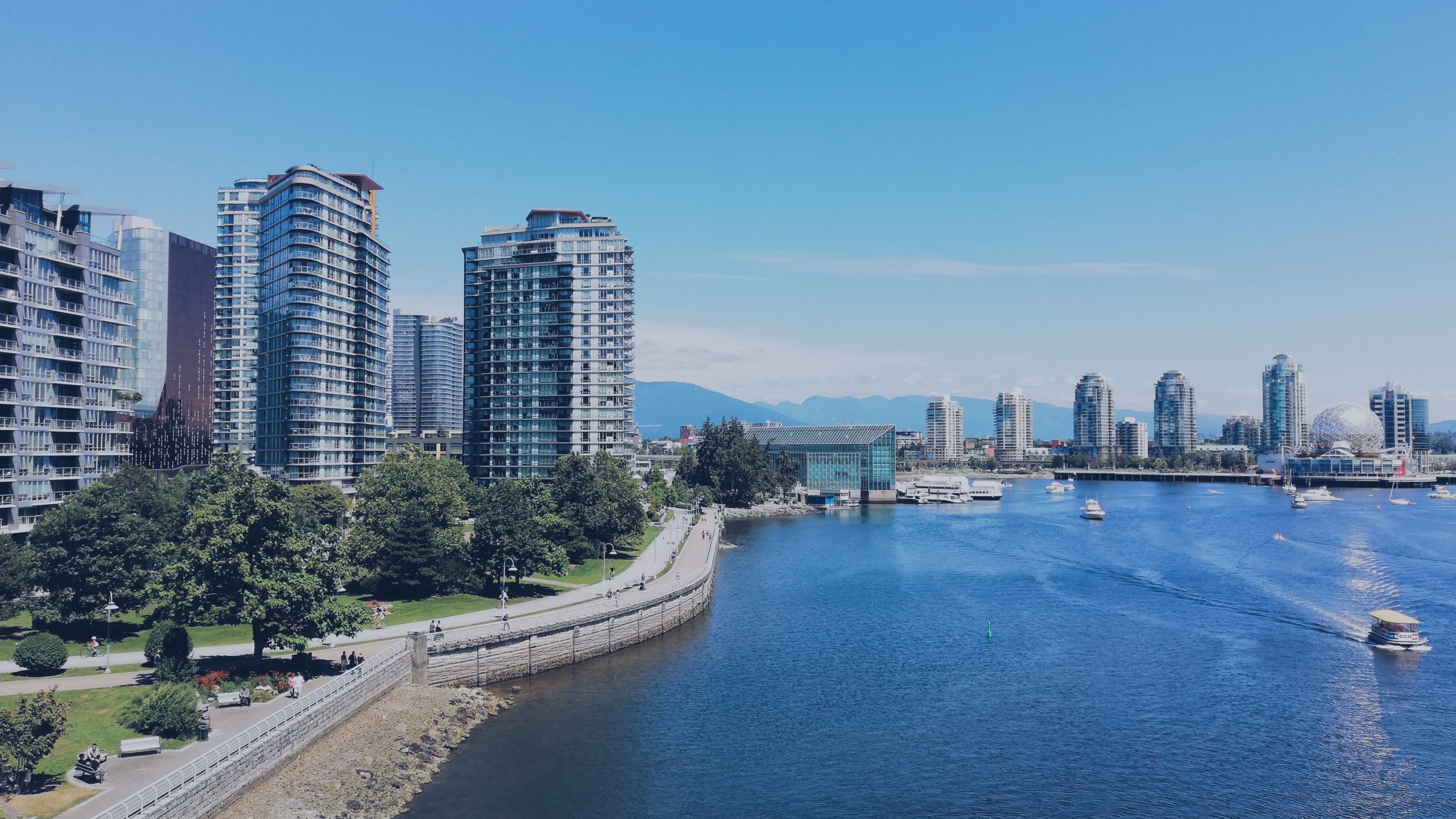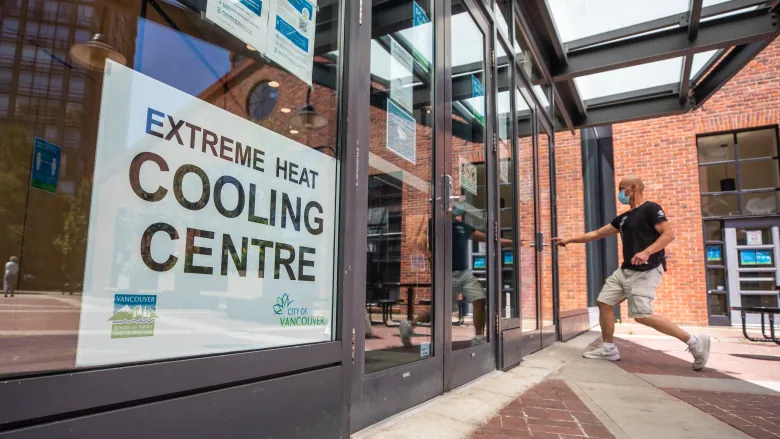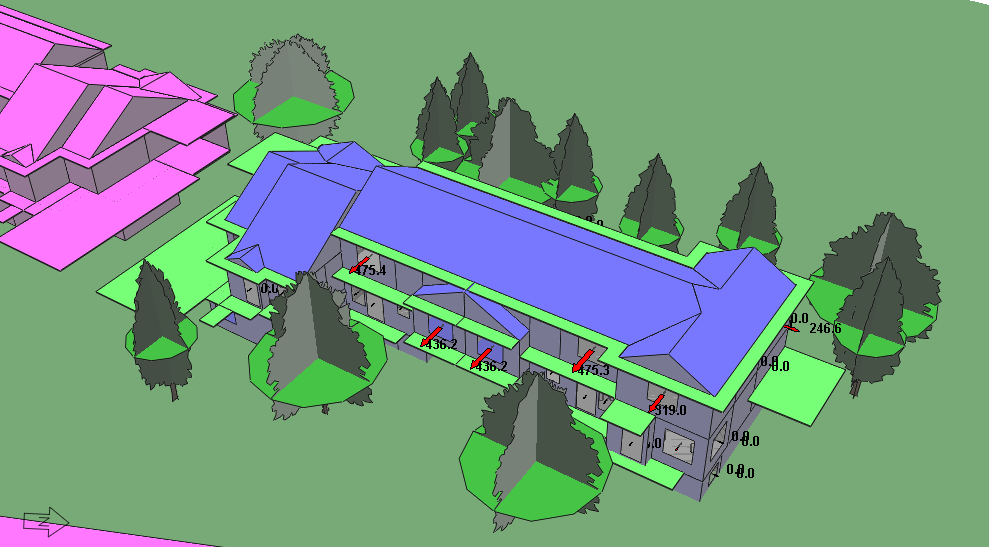
BC Electrification Roadmap – Low Carbon Future
- Buildings account for 11% of total Greenhouse Gas emissions in British Columbia
- Building Electrification roadmap has been developed by the Province of BC, BC Hydro, zebx and the City of Vancouver.
- Goal of significantly reducing greenhouse gas (GHG) emissions attributable to BC’s building sector.
- Heat Pump Technology offers a pathway to achieving this goal.
BC Electrification Roadmap
In March 2021, British Columbia’s Building Electrification Road Map was issued.
The overarching goal of the Road Map is to significantly reduce the greenhouse gas (GHG) emissions attributable to BC’s building sector and to achieve the following vision:
By 2030, nearly all new and most replacement space heating and domestic hot water systems in BC’s homes and buildings will be high-efficiency electric, in pursuit of a province-wide shift to low-carbon buildings.
British Columbia’s Building Electrification Road Map, March 2021
British Columbia has abundant access to clean, renewable energy in the form of Hydroelectric power, and this fuel source provides a pathway to achieving carbon reduction targets.
Heat Pump technology can be implemented in new and existing buildings to electrify traditional fossil fueled equipment, such as boilers and help us achieve net zero emission targets.
What are heat pumps?
A heat pump is a device that transfers heat from one location to another location using pressurized liquid and gas refrigerant. A simple example of a typical heat pump can be found in the home, where split DX systems are often installed to provide cooling in summer, and heating in winter.
Heat pumps are not new technology, but have advanced significantly in recent years, as they have been applied to buildings to provide heating and cooling, as a low carbon alternative to traditional fossil fueled heating equipment.
Heat pumps use electricity to provide heating and / or cooling. The ratio of electrical energy input to heating output is referred to as the Coefficient of Performance (COP). Heat pumps typically have a COP in the range of 3.0 to 5.0, that is, they are 300-500% efficient. The most efficient natural gas furnaces have an efficiency of 95%.
As natural gas is typically one third the cost of electricity in our province, heat pumps will need to operate at COPs of 3.0 or greater to have an equivalent (or better) operating cost that traditional gas fired heating equipment.
Heat Pump Types
Heat pumps are typically broken into Water Source (WSHP) and Air Source (ASHP) types and can be used for building heat/cooling applications, as well as the generation of domestic hot water.
Air Source Heat Pumps (ASHPs)
ASHPs typically use outdoor air to extract or reject heat, although certain heat pumps can be used internally as well, typically in parkade structures, where ambient temperatures remain stable, year-round. ASHPs can use hydronics or refrigerant as the thermal energy transfer medium.

AERMEC + TRANSOM Air to Water Heat Pumps (Air to Water Type)
ASHPs are typically installed in milder climates (such as the Lower Mainland), where winter design conditions are -9oC (16oF). As outdoor air temperature is reduced, the ASHP must work harder, and at reduced efficiencies.

Mitsubishi + Daikin VRF and Split DX Air Source Heat Pumps (Refrigerant Based)
ASHPs are widely used in applications with roof access, roof top mechanical rooms or parkades. ASHP usually have a larger footprint than similar tonnage WSHP as exchange with air is less efficient than exchange with water and therefore requires additional components.
Water source heat pumps (WSHPs)
WSHPs typically use hydronics as the medium by which thermal energy is captured or rejected. In new construction projects, typical heat pump applications include using a geoexchange system. WSHPs can be connected to a closed loop piping system and installed in the ground, to extract heat in winter and reject heat (provide cooling) in summer.
In new construction and retrofit applications, WSHPs can be used for heat recovery systems, especially from building exhaust or Cooling Tower loops.

Typical Geoexchange Closed Loop Application + Trane Chiller
Electrification Road Map – Core Strategies
Over the past decade, there has been a concerted effort across the Province of BC to electrify and decarbonize buildings. This effort has revealed certain systemic issues that will need to be addressed, to facilitate wider adoption of heat pump technology.
In recognition of these issues, the BC electrification roadmaps lays out five core strategies.

BC Electrification Roadmap – Core Strategies
Impact Engineering Experience
At Impact Engineering, we are experienced at delivering building electrification projects using heat pump technology, and in gaining incentives to support the business case. See our most recent Journal where we discuss our experience at decarbonizing an existing BC Housing Multi Unit Residential Building.
Feel free to reach out if you would like to discuss potential building electrification opportunities.
References
British Columbia’s Building Electrification Roadmap, 2021



